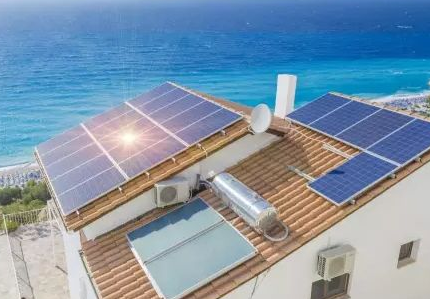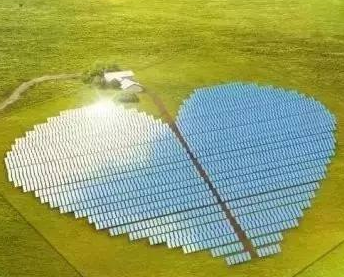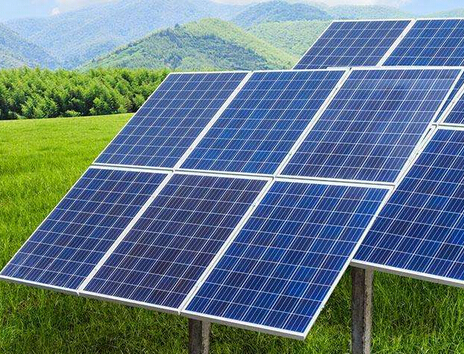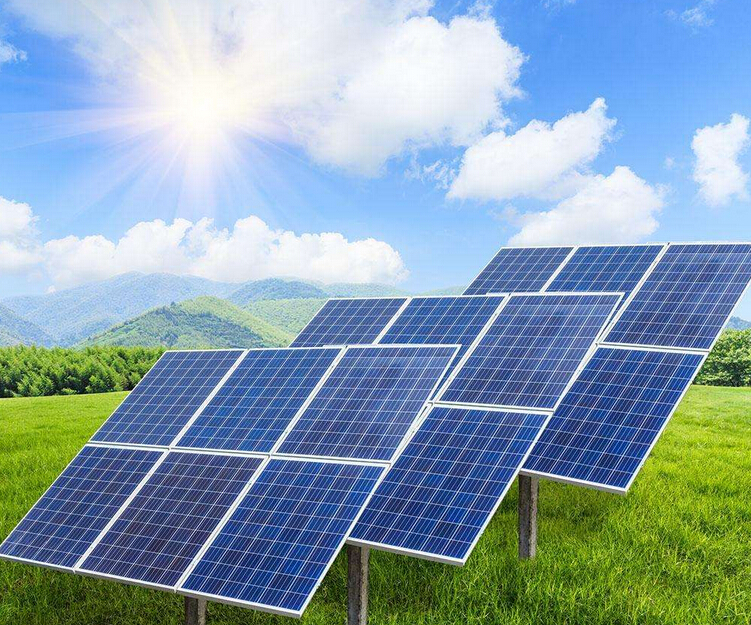Usually referred to as solar energy, most people would think that the technical performance is only suitable for development in sunny and hot places, but this perception may not be accurate. Sunshine hours are important, but in fact, the temperature will greatly affect the efficiency of solar power generation, and it is better in a low-temperature environment. This is one of the reasons why floating solar energy has been highly favored in recent years. Water can lower the panel temperature and improve efficiency. .

Therefore, in addition to sunshine hours, the average temperature is also a key point in the development of solar energy. In terms of Germany, although the country's latitude is even higher than that of Massachusetts and the weather is colder, its solar energy development is far better than that of Massachusetts. According to the statistics of the United States Solar Energy Industry Association (SEIA), the solar energy output of Massachusetts In the United States, it ranks sixth and can provide electricity for 244,000 households, while Germany has reached new green energy miles in 2017. The highest peak of solar energy production capacity is up to 55.2 GW, the lowest is 16 GW, and even a few hours of negative electricity prices.
Solar energy development will not be affected by the cold weather. In recent years, solar energy has gradually begun to develop in high latitudes, such as the northwestern Yukon of Canada in the sub-frigid climate, including the 11.8 KW array of the old Arctic Research Center (Arctic Research Centre). 330KW solar energy is currently being planned. According to the feasibility study for 2016, the array can reduce total diesel use by 17%, which means that it can reduce the consumption of 98,000 liters of fuel per year.
After installing the solar energy system, it can also reduce the impact of fuel import fluctuations. Villages can use the off-grid solar energy system to achieve electricity self-sufficiency during the summer and concentrate fuel oil power during the night and winter months.
Alaska in the United States also has potential for solar energy development. Among the 11 townships in the state, solar energy can already compete with fuel-fired power generation. Nowadays, solar energy is cheaper and competitiveness is expected to further increase. And the potential for solar power generation in certain regions of Alaska can also be compared with Germany, for example, the southern cities that will not be affected by the night.
Compared with the cold Alaska, some people may think that "Sunshine State" Florida is a good place for solar energy development, but the state is hot and humid in the summer, and solar cell conversion efficiency is not high. Soren Lange, a solar energy expert, said that solar panels convert light into electricity instead of converting thermal energy into electricity, and hot weather will reduce conversion efficiency. Solar energy may be more suitable for development in sunny and cold areas.
The same concept also applies to Europe. The potential of solar energy in Oslo, Norway, is similar to that of Germany, reaching 1,000kwh per square meter, while the sunlit Spain is only slightly better, generating a potential of 1,900kwh. According to research conducted by various parties, solar energy has the potential to generate electricity in places with cold weather and high latitudes. Although some places may encounter night-time and long-term rain, strategic equipment and the use of solar energy are of great benefit to off-grid areas.
















 RCCN WeChat QrCode
RCCN WeChat QrCode Mobile WebSite
Mobile WebSite



